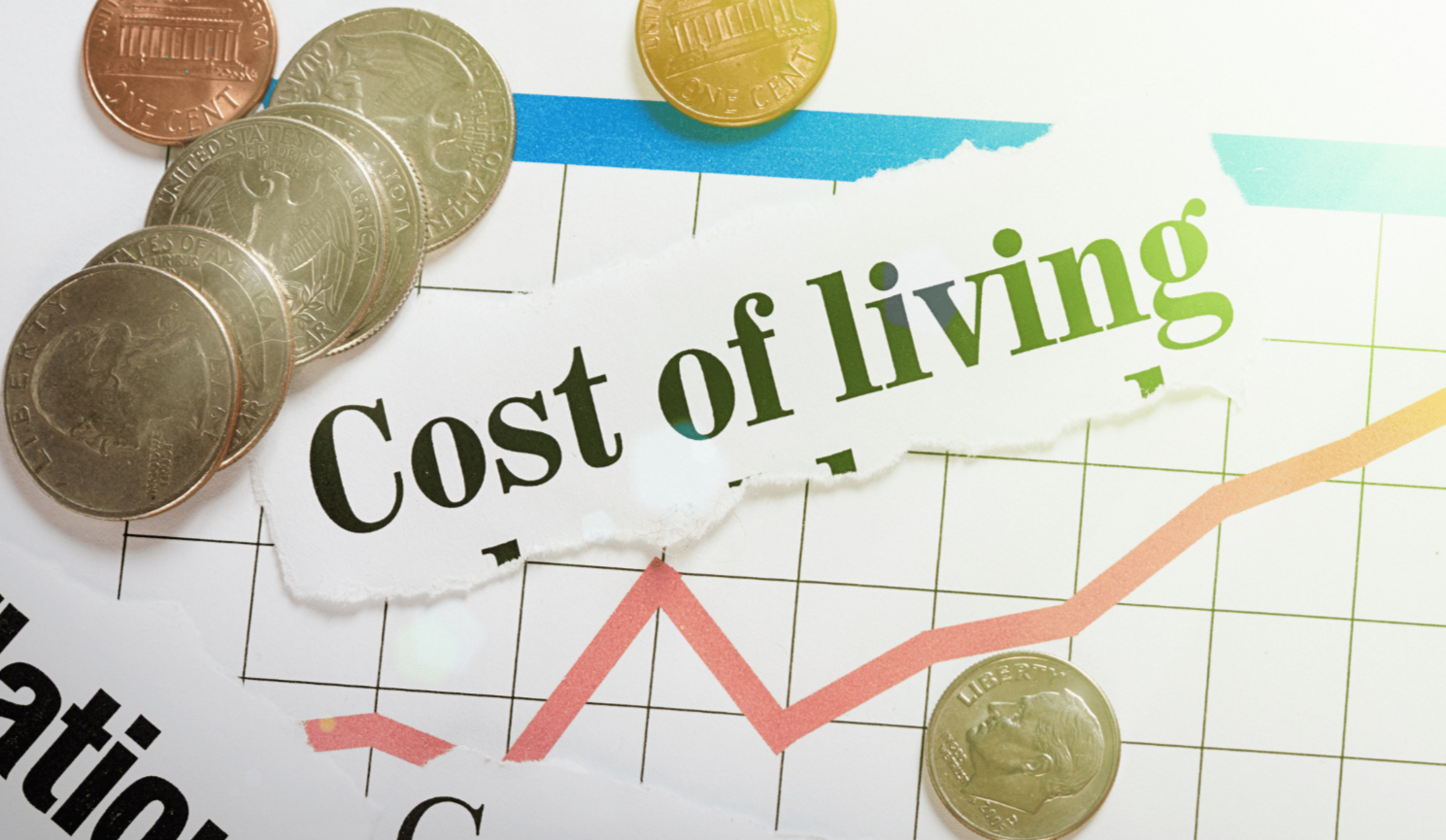(ThyBlackMan.com) As the cost of living continues to rise in America, many families are struggling to make ends meet. Inflation and wage stagnation have made it increasingly difficult for everyday Americans to keep up with the rising costs of necessities such as housing, gas, health care and food. The severity of this issue is impacting millions of hardworking Americans looking for relief amidst economic uncertainty.

“Over the last three decades, American families have experienced a rise in the costs of many necessities that has made it difficult for them to attain economic security,” said a 2021 brief by the Council of Economic Advisers. “Researchers estimate, for example, that 80% of families saw the share of budgets dedicated to spending on needs such as housing and health care increase by more than 7 percentage points between 1984 and 2014, potentially crowding out spending on other categories like leisure, longer-term investments in education, and saving for retirement.”
Inflation has also played a significant role in the rising cost of living. In July 2023, consumer prices were 3.2% higher than the year before. This has increased the cost of goods and services, making it more difficult for families to afford their basic needs.
Wage stagnation has further compounded this issue. “Since the early 1970s, the hourly inflation-adjusted wages received by the typical worker have barely risen, growing only 0.2 percent per year,” according to a 2017 Harvard Business Review report. This means that while the cost of living has continued to rise, wages have not kept pace, leaving many families struggling to make ends meet, and it’s even worse for those who live in large cities.
The impact of these economic trends on everyday Americans cannot be overstated. A recent Primerica survey found that three-quarters of middle-income Americans said their earnings aren’t enough to pay for their cost of living. Many are cutting back on expenses such as restaurants and takeout meals, while others are skipping upgrades to their phones and other technology because of inflation.
The rising cost of living impacts millions of Americans, making it increasingly difficult for them to attain economic security. It is time for policymakers to take action to address this issue and ensure that all Americans have the opportunity to thrive.
The burden of the rising cost of living falls disproportionately on vulnerable populations. Low-income families, in particular, are grappling with the harsh reality of choosing between essentials like rent and health care. The lack of affordable housing options and the soaring costs of medical treatment have turned these decisions into impossible dilemmas. Children growing up in such circumstances often face limited access to proper nutrition and quality education, hampering their chances of breaking the cycle of poverty, and often leading to a life of drugs, crime or a combination of both.
However, it’s not just younger Americans who are feeling the wrath of today’s cost of living; it’s also our nation’s senior citizens on fixed incomes. Today’s seniors are finding it increasingly challenging to cover their medical expenses and maintain a decent standard of living, eroding their retirement savings at an alarming rate.
The geographical disparities in the cost of living further exacerbate the issue. While inflation and stagnant wages affect everyone, those living in metropolitan areas face even greater financial strains due to the inflated costs of housing, transportation and other necessities. The dream of city life, once synonymous with opportunities and advancement, is now accompanied by the harsh reality of financial stress and the constant struggle to make ends meet. This phenomenon also has wider societal implications, as the diversity and dynamism that urban areas bring to the cultural landscape are threatened when only a privileged few can afford to partake in them fully.
The current state of affairs demands a multifaceted approach from policymakers, community leaders and businesses alike. Policies aimed at boosting affordable housing initiatives, wages that keep pace with inflation, and health care can significantly alleviate the challenges faced by American families. Investments in education and workforce development are equally crucial, as they empower individuals with the skills needed to secure higher-paying jobs and navigate the evolving economic landscape. Additionally, fostering an environment that encourages entrepreneurship and innovation can create new avenues for economic growth and job creation, potentially counteracting some of the negative effects of the rising cost of living.
The rising cost of living is a pressing concern that demands immediate attention. It is a multifaceted issue rooted in factors such as inflation, wage stagnation and the lack of affordable resources. The impact is far-reaching, affecting families across income levels and geographical locations. Addressing this challenge requires a comprehensive approach that includes policy reforms, investments in education and health care, and efforts to stimulate economic growth. By working collectively toward a more equitable and sustainable economic landscape, America can ensure that all its citizens have the opportunity to thrive and lead dignified lives.
Written by Armstrong Williams
Official website; http://twitter.com/Arightside

















Leave a Reply